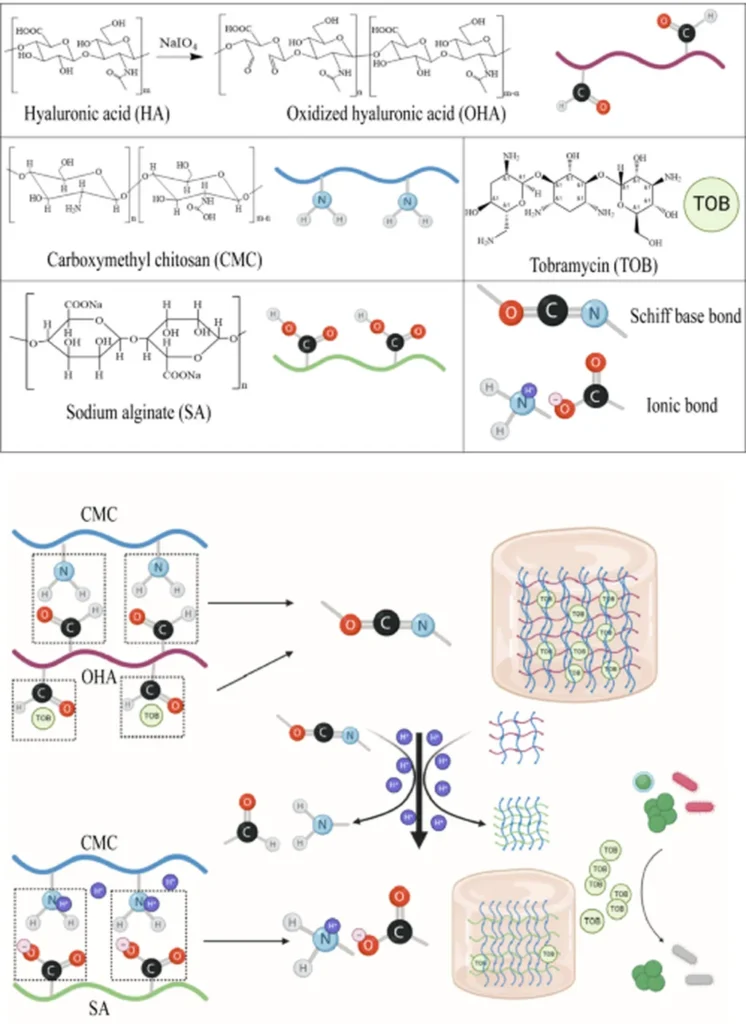In the realm of chronic wound healing, a groundbreaking study led by Songsong Shi from the Key Laboratory for Ultrafine Materials at the East China University of Science and Technology has unveiled a novel approach that could revolutionize treatment strategies. Published in the journal *Bioactive Materials* (which translates to *生物活性材料* in Chinese), the research introduces a dynamic hydrogel that accelerates re-epithelialization by mimicking the natural viscoelastic properties of the extracellular matrix (ECM).
Chronic wounds, often associated with diabetes, pose significant clinical challenges due to stalled cell migration and a disordered mechano-biochemical microenvironment. Current treatments frequently rely on externally assisted growth factors or mechanical stimulation, often overlooking the body’s inherent capacity to heal. Shi’s team engineered a reversible hydrazone-crosslinked lysozyme-polyethylene glycol (LZM-PEG) dynamic hydrogel, which enhances network dynamics to activate early cell mechanotransduction.
“By recapitulating the ECM dynamics, we’ve shown that we can drive directed cell migration without exogenous interventions,” Shi explained. The study found that the hydrogel promotes nascent protein deposition, which in turn drives cell migration. This effect is highly dependent on network dynamics; rigidifying the network abolished cell migration entirely, highlighting the critical role of matrix dynamics in tissue repair.
The implications for the medical and biotechnology sectors are profound. This research could lead to the development of next-generation regenerative materials that harness the body’s natural healing processes, reducing the need for external growth factors and mechanical stimulations. For the energy sector, the principles of dynamic matrix engineering could inspire innovations in biomaterials used in energy storage and conversion devices, where similar mechano-biological interactions might enhance performance and longevity.
In diabetic mouse models, the dynamic hydrogel accelerated chronic wound re-epithelialization, demonstrating the potential for clinical translation. “This therapeutic effect reveals that the intrinsic mechano-bioactivity embedded in the hydrogel’s dynamic network can modulate in situ cell behavior,” Shi noted. The study uncovers a mechano-biological axis—matrix dynamics-nascent protein deposition-cell migration—that offers a novel “materiobiology” design strategy for future regenerative materials.
As the field of regenerative medicine continues to evolve, this research provides a compelling example of how understanding and leveraging the body’s natural processes can lead to innovative and effective treatments. The findings not only advance our knowledge of tissue repair but also pave the way for new applications in biomaterials and beyond.

